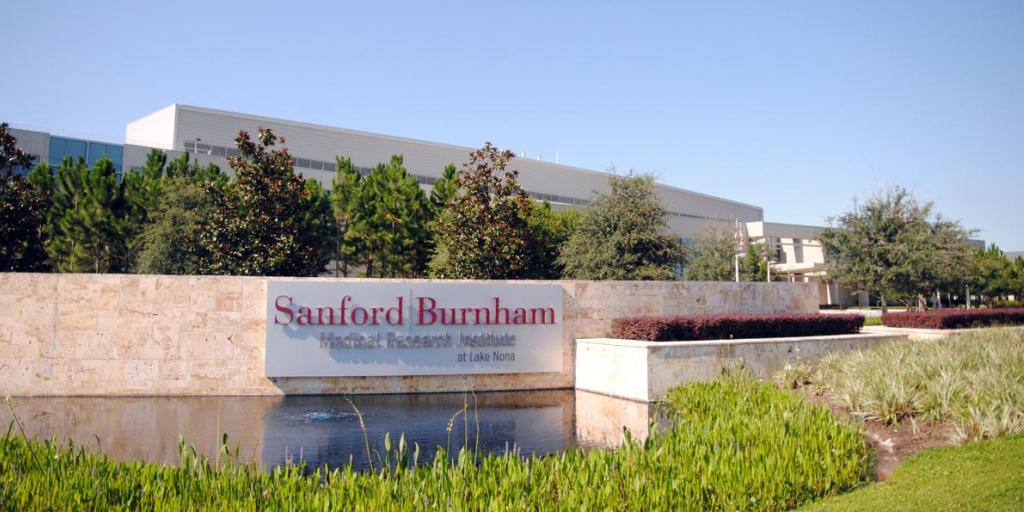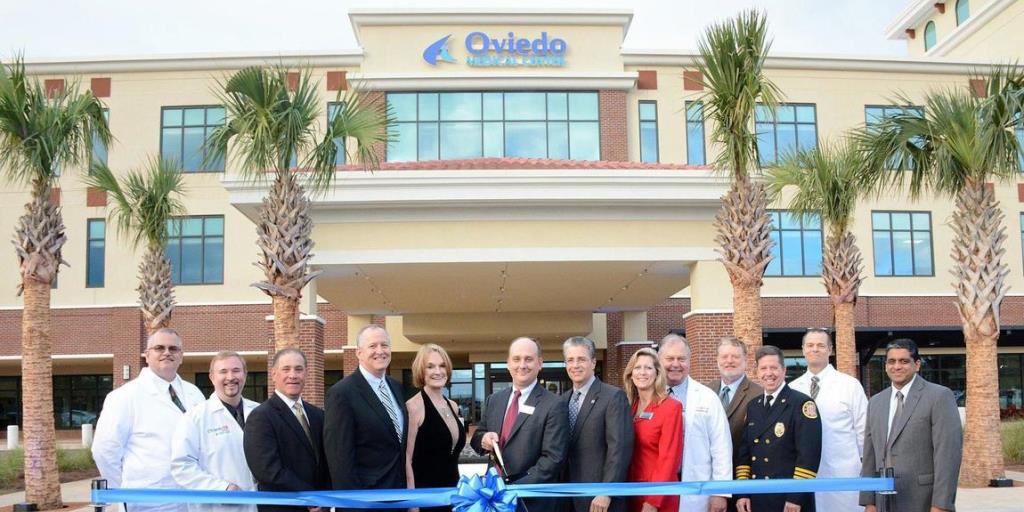AdventHealth plans to build a new health and wellness campus in southeast Orlando’s Lake Nona community with a 120-bed hospital that may cost north of an estimated $75 million.
The Altamonte Springs-based nonprofit health system — with $6.5 billion in Central Florida revenue — filed plans with the city of Orlando to build a 250,000-square-foot hospital, a 50,000-square-foot medical office building and a parking garage.
Doug Harcombe, CEO of AdventHealth’s south market, which includes Osceola and Orange counties, told Orlando Business Journal construction should start on the new hospital this summer and be finished in late 2025. The general contractor for the project hasn’t been chosen yet.
“Lake Nona is a unique, innovative and rapidly growing community,” Harcombe said. “We plan to expand our care network and better serve the residents and visitors alike.”
A hospital of that size may cost about $70 million to build, while a medical office building that size could cost about $5 million, according to industry standards.
AdventHealth would build the project on a 67.8-acre site it owns east of Narcoossee Road and north of State Road 417 at 10999 Narcoossee Road. That property is across the road from its existing 19,000-square-foot AdventHealth Lake Nona ER at 10080 Lake Nona Blvd., which it opened in 2020. The number of employees for the new campus has yet to be determined.




